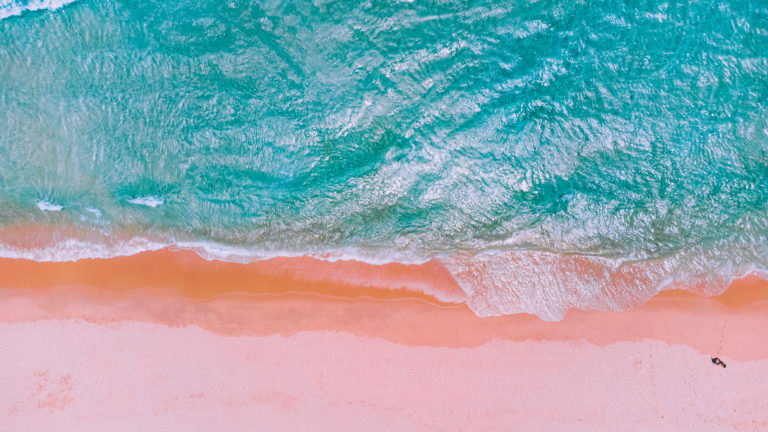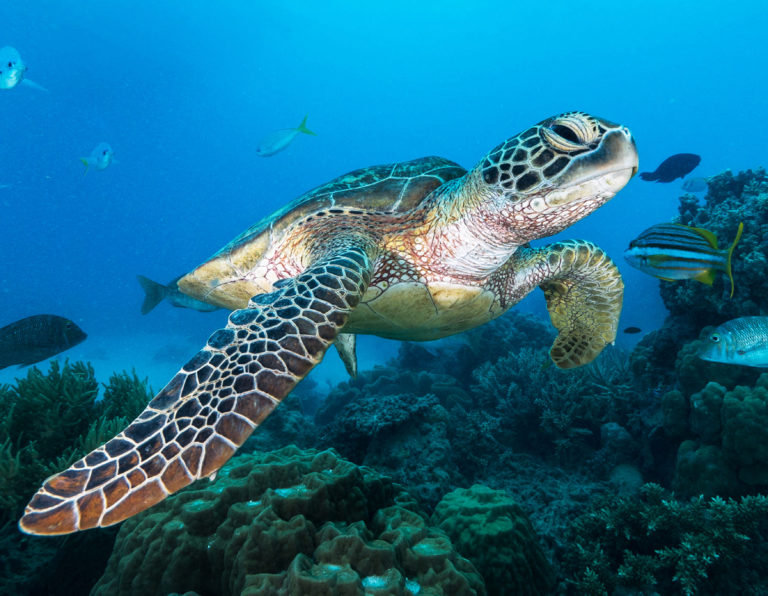Where to See Flamingos in the Wild: 9 Gorgeous Destinations
Embarking on a journey to discover where to see flamingos in the wild unveils a world painted in strokes of pink and awash with the grace of these magnificent birds.
For travelers with a zest for breathtaking sites, spotting flamingos in their natural habitat offers an unparalleled blend of adventure and tranquility. These destinations, spanning continents from the salt flats of Bolivia to the wetlands of Spain, promise not just a glimpse into the lives of these vibrant creatures but a full immersion into the beauty of nature itself.
As we explore these exquisite locales, remember that the quest for where to see flamingos in the wild is not just about the birds themselves, it’s an invitation to witness the harmony of ecosystems, the dance of life that flourishes in the most unexpected places.
Best Places to See Flamingos in the Wild

1. Camargue, France
Nestled in the heart of Provence, the Camargue stands as Europe’s largest river delta, offering a sanctuary for its iconic pink flamingos. This region transforms with the seasons, but it’s between spring and autumn that it truly comes alive.
During this time, the flamingos begin their breeding rituals, painting the marshes and shallow waters with splashes of pink as their population reaches its peak. The Camargue’s wild, natural beauty extends beyond its feathery inhabitants, encompassing vast salt flats, rice paddies, and reed-covered marshes.
This blend of biodiversity and cultural richness makes the Camargue a mesmerizing spot for birdwatchers and nature lovers alike, promising an unforgettable glimpse into the lives of these majestic birds amidst a landscape where the river meets the sea.
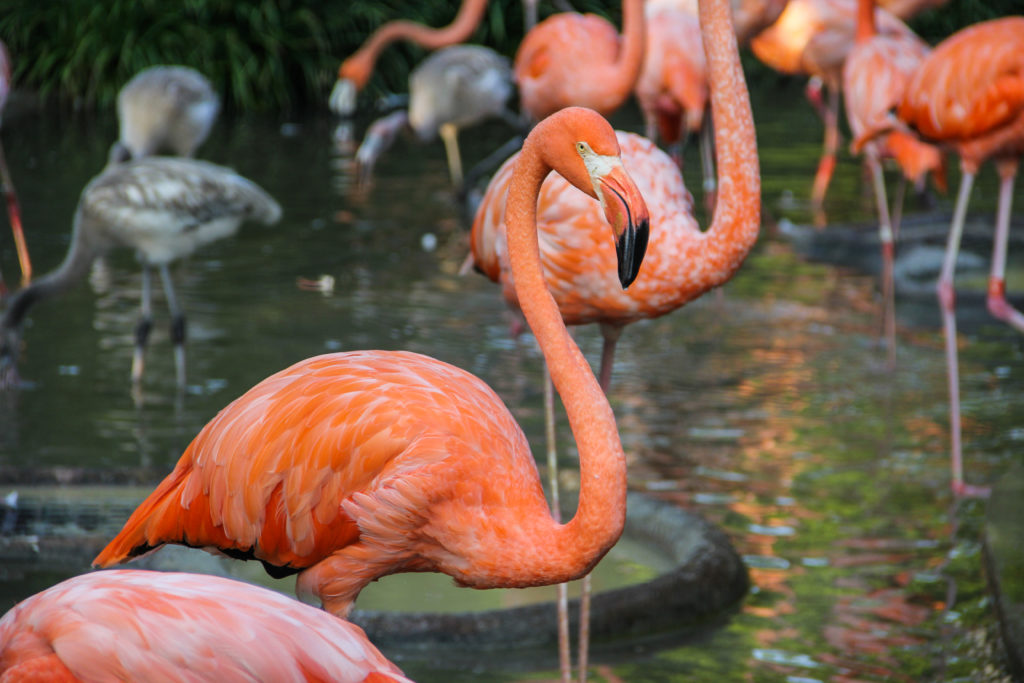
2. Salar de Uyuni, Bolivia
In the heart of Bolivia’s high-altitude plains lies the Salar de Uyuni, the largest salt flat in the world. This vast, ethereal landscape undergoes a breathtaking transformation during the rainy season, as the flats become a giant mirror, reflecting the sky above. It is during this time that the Salar becomes a haven for flamingos, drawing three distinct species, including the rare James’s flamingos, to its mineral-rich waters.
The sight of these elegant birds, silhouetted against the surreal, mirrored landscape, offers an otherworldly spectacle. The contrast of the flamingos’ vibrant pink against the pure white salt and the clear blue sky creates a mesmerizing tableau, making Salar de Uyuni an essential destination for wildlife enthusiasts and photographers seeking the beauty of nature in its most unique form.
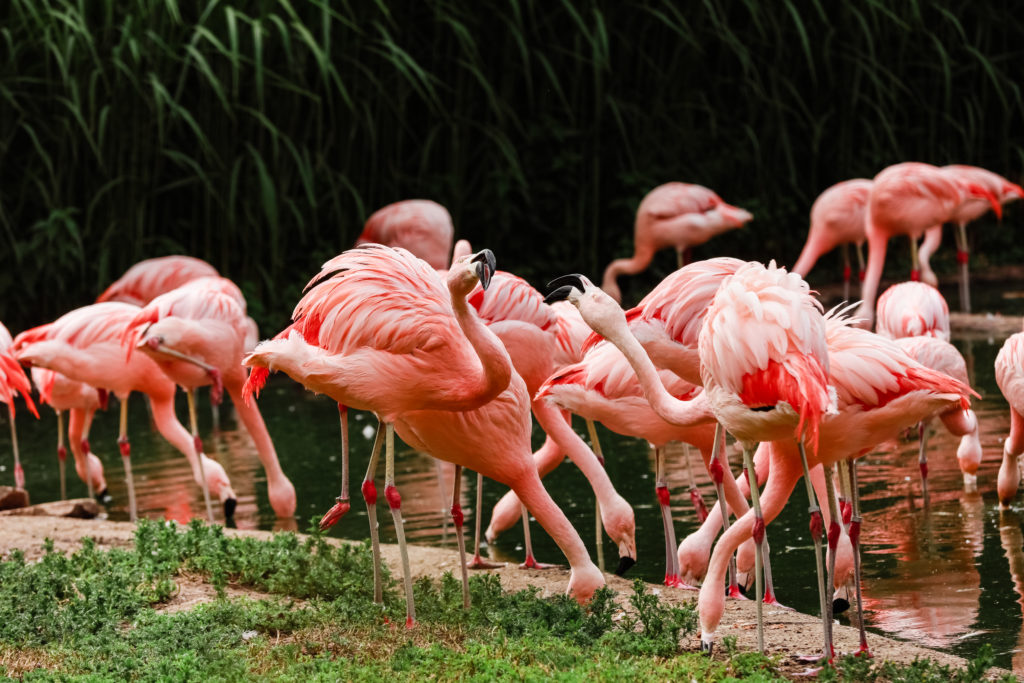
3. Lake Nakuru, Kenya
Lake Nakuru, a jewel in the crown of Kenya’s Rift Valley, is famed worldwide for its stunning spectacle of thousands of flamingos. These birds flock to the alkaline lake’s shores, their pink hues creating a striking contrast against the blue of the water.
This phenomenon turns the lake’s edge into a mesmerizing ribbon of color, visible even from afar. Beyond its avian attractions, Lake Nakuru National Park is a sanctuary for a wide array of wildlife, including rhinos, leopards, and lions, offering a rich safari experience.
The lake’s fluctuating water levels and the changing seasons offer varying landscapes and wildlife viewing opportunities, making every visit unique. For birdwatchers and nature enthusiasts, Lake Nakuru provides not just a breathtaking view but a vivid illustration of nature’s intricate balance and beauty.
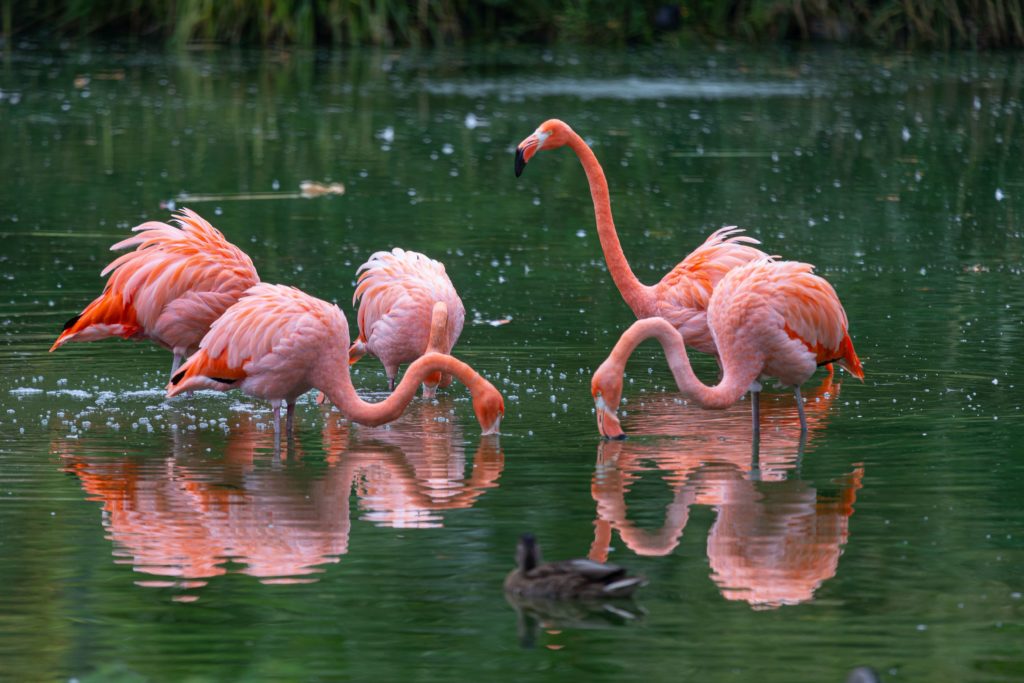
4. Ras al Khor Wildlife Sanctuary, Dubai, UAE
At the edge of Dubai’s bustling cityscape lies the Ras al Khor Wildlife Sanctuary, a serene haven that contrasts sharply with the urban sprawl. This protected wetland serves as a critical stopover for migratory birds across the globe, including the graceful flamingos.
Observing these vibrant birds with the backdrop of Dubai’s skyscrapers offers a unique juxtaposition, highlighting the balance between nature and urban development. The sanctuary provides specially constructed hides for visitors, allowing them to watch the flamingos undisturbed in their natural habitat.
This unexpected oasis, amid one of the world’s most dynamic cities, offers a peaceful retreat and a reminder of the beauty that thrives on the fringes of human expansion, making it a must-visit for those looking to experience the natural world within arm’s reach of the city.
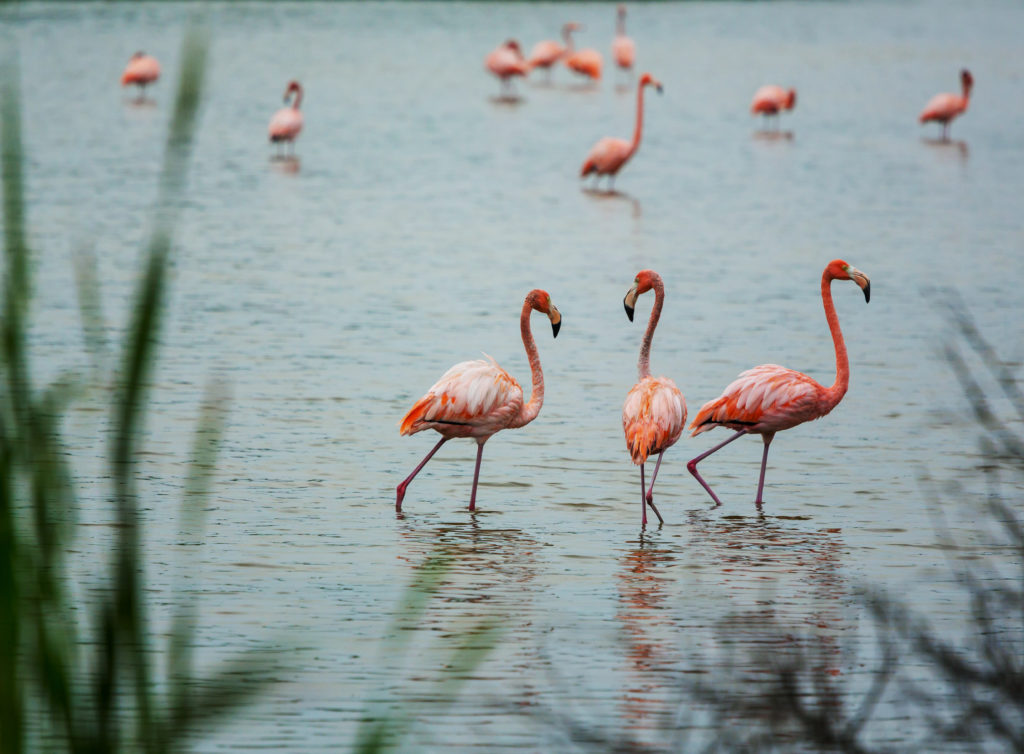
5. Celestún and Río Lagartos Biosphere Reserves, Mexico
On the northern coast of the Yucatán Peninsula, the Celestún and Río Lagartos Biosphere Reserves stand as sanctuaries for the American flamingo.
These coastal reserves, with their mix of fresh and saltwater, mangroves, and marshes, provide the ideal conditions for flamingos and a myriad of other wildlife. In the winter months, large flocks of flamingos gather here, their pink forms reflecting in the calm waters, offering a spectacular view against the backdrop of Mexico’s rich biodiversity.
These reserves offer a glimpse into the area’s diverse ecosystems, including crocodiles, sea turtles, and a variety of bird species. For those seeking to immerse themselves in nature and witness the majesty of flamingos in the wild, Celestún and Río Lagartos offer an unparalleled opportunity to explore and appreciate the natural wonders of Mexico’s Yucatán Peninsula.
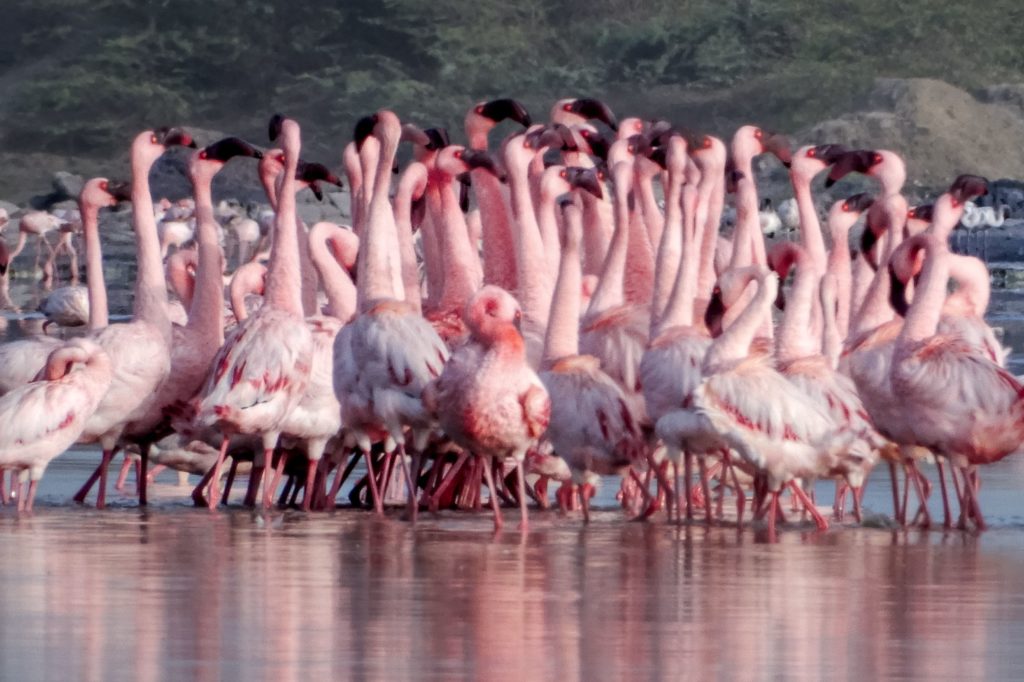
6. Atacama Desert, Chile
The Atacama Desert, a landscape of stark beauty and extremes, hosts one of the most extraordinary ecosystems on Earth. Within this driest desert in the world, the high-altitude salt flats and lagoons, such as the mesmerizing Laguna Chaxa, provide a stark contrast to the barren surrounds.
These saline waters are a haven for the Andean and Chilean flamingos, which thrive in this seemingly inhospitable environment. Visitors to the Atacama are greeted with the surreal sight of flamingos delicately wading through the salt lagoons, their pink hues vivid against the white of the salt and the deep blue skies.
The sight of these elegant birds, surrounded by the desert’s raw beauty, offers a moment of serene beauty amidst the harshness of the landscape. The Atacama is a testament to life’s adaptability, with the flamingos as its most colorful heralds.
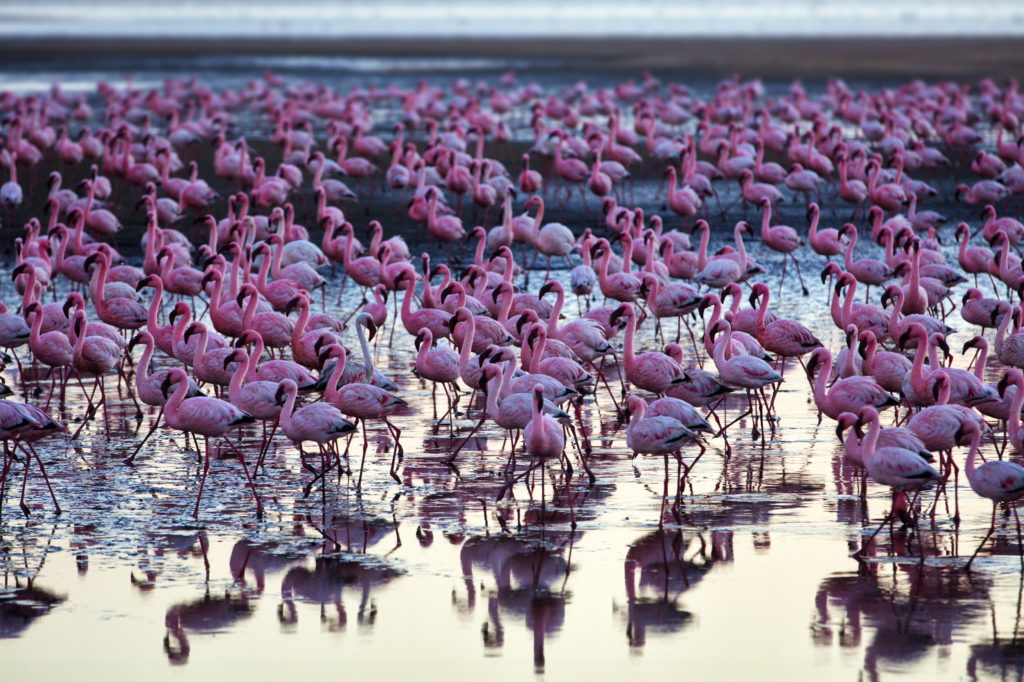
7. Everglades National Park, Florida, USA
Spanning across 1.5 million acres of wetland, Everglades National Park is a treasure trove of biodiversity and natural beauty. This vast wilderness is one of the unique ecosystems where you can encounter the American flamingo, particularly in the park’s more secluded areas.
The Everglades’ sprawling mangroves, sawgrass marshes, and open waters create a perfect backdrop for spotting these magnificent birds in their natural habitat. A visit to the Everglades offers more than just flamingo sightings, it’s an immersive experience into a vibrant ecosystem teeming with wildlife, from alligators to manatees.
The park’s conservation efforts ensure that the natural beauty and the diverse species that call it home are preserved for future generations. For nature enthusiasts and birdwatchers, the Everglades provide a rare opportunity to witness the elegance of flamingos amidst the wild and untamed beauty of Florida’s natural landscape.

8. Ngorongoro Crater, Tanzania
The Ngorongoro Crater, a UNESCO World Heritage site, is a marvel of the natural world. This ancient volcanic caldera forms a natural enclosure for an abundance of wildlife, creating a self-contained ecosystem where predator and prey live in close proximity.
At the crater’s base, the alkaline Lake Magadi becomes a focal point for flamingo activity. Here, these birds gather in large numbers, drawn by the abundance of algae and the safe breeding grounds the lake offers. The sight of flamingos against the backdrop of the crater’s steep walls is a breathtaking scene, showcasing the diverse life that thrives within this natural sanctuary.
Ngorongoro’s unique geography and rich biodiversity make it a prime location for witnessing the spectacle of flamingos amid a landscape teeming with wildlife, offering a glimpse into the heart of Africa’s untamed beauty.
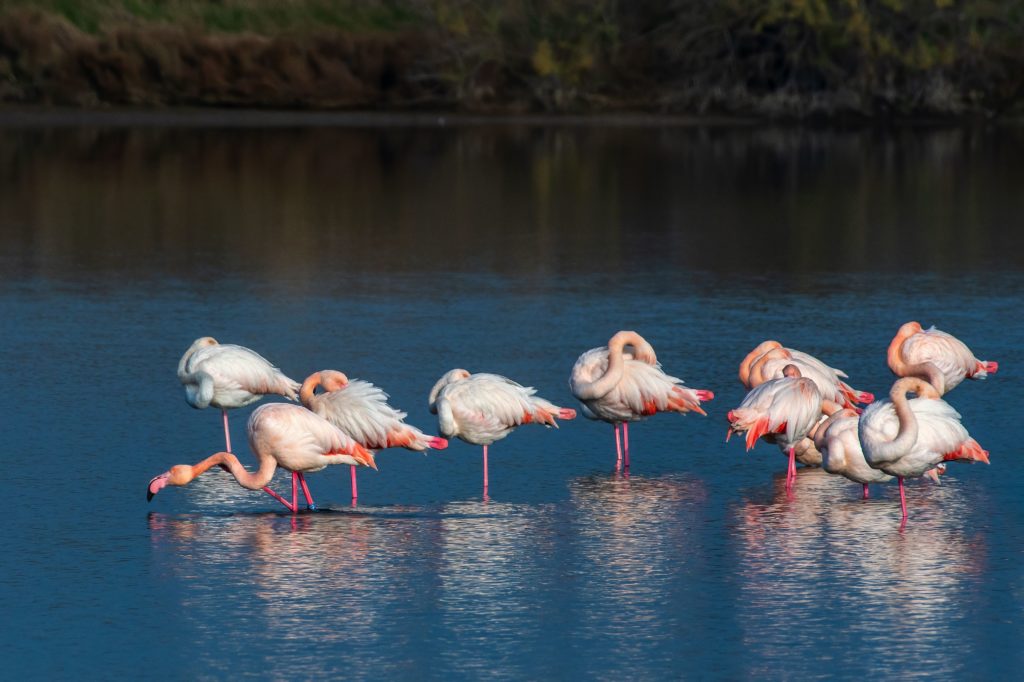
9. Delta del Ebro, Spain
The Delta del Ebro, located in Catalonia, stands as one of the most significant wetland reserves in the Western Mediterranean. This lush, biodiverse habitat is crucial for the survival and migration of many bird species, including the graceful flamingos.
As they make their seasonal stops here, the flamingos add a splash of color to the delta’s rich tapestry of life. The wetland’s intricate network of lagoons, salt marshes, and rice paddies provide not only a resting place for these migratory birds but also a vital source of food and shelter.
Observing flamingos in the Delta del Ebro offers a serene and enchanting experience, highlighting the importance of conservation and the delicate balance of ecosystems. This wetland reserve is a living, breathing reminder of nature’s interconnectedness and the beauty that lies in the heart of Spain’s landscapes.
Best Times to See Flamingos
Like other birds, flamingos move around during the year, so you won’t be able to see them in EVERY location year round. With that in mind, here are the best times to visit to catch these gorgeous animals:
| Location | Best Time to Visit |
|---|---|
| Camargue, France | Spring to Autumn |
| Salar de Uyuni, Bolivia | Rainy season (December to April) |
| Lake Nakuru, Kenya | Year-round, best during the dry season |
| Ras al Khor Wildlife Sanctuary, Dubai, UAE | Winter months (November to April) |
| Celestún and Río Lagartos Biosphere Reserves, Mexico | Winter months (November to March) |
| Atacama Desert, Chile | Year-round, best during the rainy season |
| Everglades National Park, Florida, USA | Spring and Summer |
| Ngorongoro Crater, Tanzania | Year-round, especially during the dry season |
| Delta del Ebro, Spain | Spring and Autumn |
Tips for Safely Viewing Flamingos
Viewing flamingos in their natural habitat can be a mesmerizing experience. However, it’s crucial to do so responsibly to ensure the safety and well-being of both the flamingos and the viewers. Here are a few detailed tips for safely viewing flamingos:
Maintain a Respectful Distance
Always keep a safe distance from the flamingos. Use binoculars or a camera with a zoom lens to observe and photograph them without causing stress or disturbance. Flamingos are sensitive to human presence, and getting too close can scare them away from their feeding or nesting sites, potentially disrupting their natural behaviors.
Follow Established Paths and Guidelines
Stick to designated paths, boardwalks, or viewing areas when observing flamingos in protected areas or wildlife reserves. These guidelines are in place to protect both the wildlife and their habitats. Venturing off the designated paths can lead to habitat degradation and negatively impact the flamingos and other wildlife.
Observe in Silence
Flamingos can be easily startled by loud noises, which may cause them to flee. When observing these birds, do so in silence or speak in low whispers to minimize disturbance. This respectful approach not only benefits the flamingos but also enhances the viewing experience by creating a peaceful environment.
Use Appropriate Equipment
Equip yourself with the right gear for birdwatching. A good pair of binoculars, a birding scope, or a camera with a telephoto lens can greatly enhance your ability to see flamingos up close without intruding on their space. Additionally, wearing neutral-colored clothing can help you blend into the surroundings and reduce the likelihood of startling the birds.
Be Mindful of the Environment
Leave no trace of your visit. Dispose of trash properly, avoid leaving footprints in sensitive areas, and refrain from picking plants or disturbing wildlife. Protecting the environment is essential for the conservation of flamingos and their habitats.
Respect Breeding and Nesting Sites
If you’re visiting during the breeding season, be extra cautious and respectful. Disturbing flamingos during this critical time can have severe consequences for their ability to reproduce and care for their young. Observation should be done from a distance, and any signs indicating restricted areas should be strictly adhered to.
Educate Yourself Before Visiting
Before heading out, learn about the flamingos you intend to observe, including their behavior, habitat, and the best times to see them. Being informed can enhance your experience and help you appreciate the birds and their environment more fully.
Support Conservation Efforts
Consider supporting local conservation initiatives that aim to protect flamingos and their habitats. This can be through donations, volunteering, or even participating in citizen science projects. By contributing to conservation efforts, you help ensure that flamingos continue to thrive in their natural environments.
Final Thoughts: Where to See Flamingos in the Wild
As our journey through the most stunning locales to see flamingos in the wild draws to a close, we’re reminded of the sheer beauty that nature holds. Each destination offers more than just a chance to see these majestic birds, it provides a window into the delicate balance of ecosystems and the importance of conservation.
For the nature-focused traveler, these adventures are not just about the thrill of discovery but about connecting with the world in a profound and meaningful way. Whether you’re marveling at the pink hues of flamingos against the backdrop of the Camargue or witnessing their serene beauty in the lagoons of the Atacama Desert, the experience is sure to leave an indelible mark on your heart.
Remember, the journey to discover where to see flamingos in the wild is a testament to the beauty that awaits when we venture off the beaten path, seeking not just sights but experiences that resonate with the soul.


